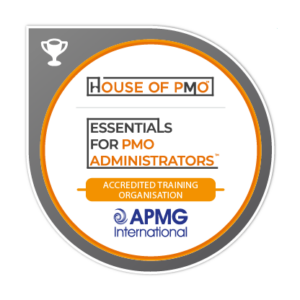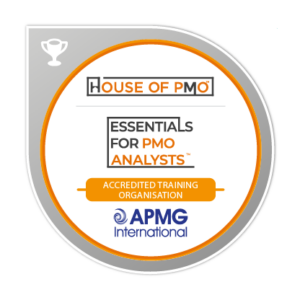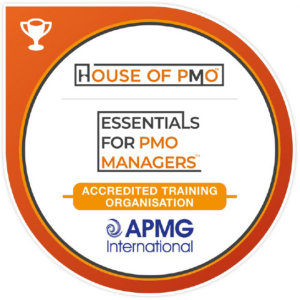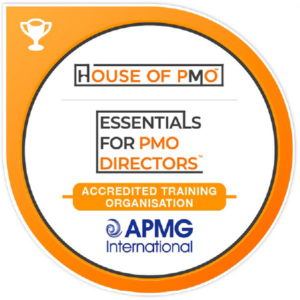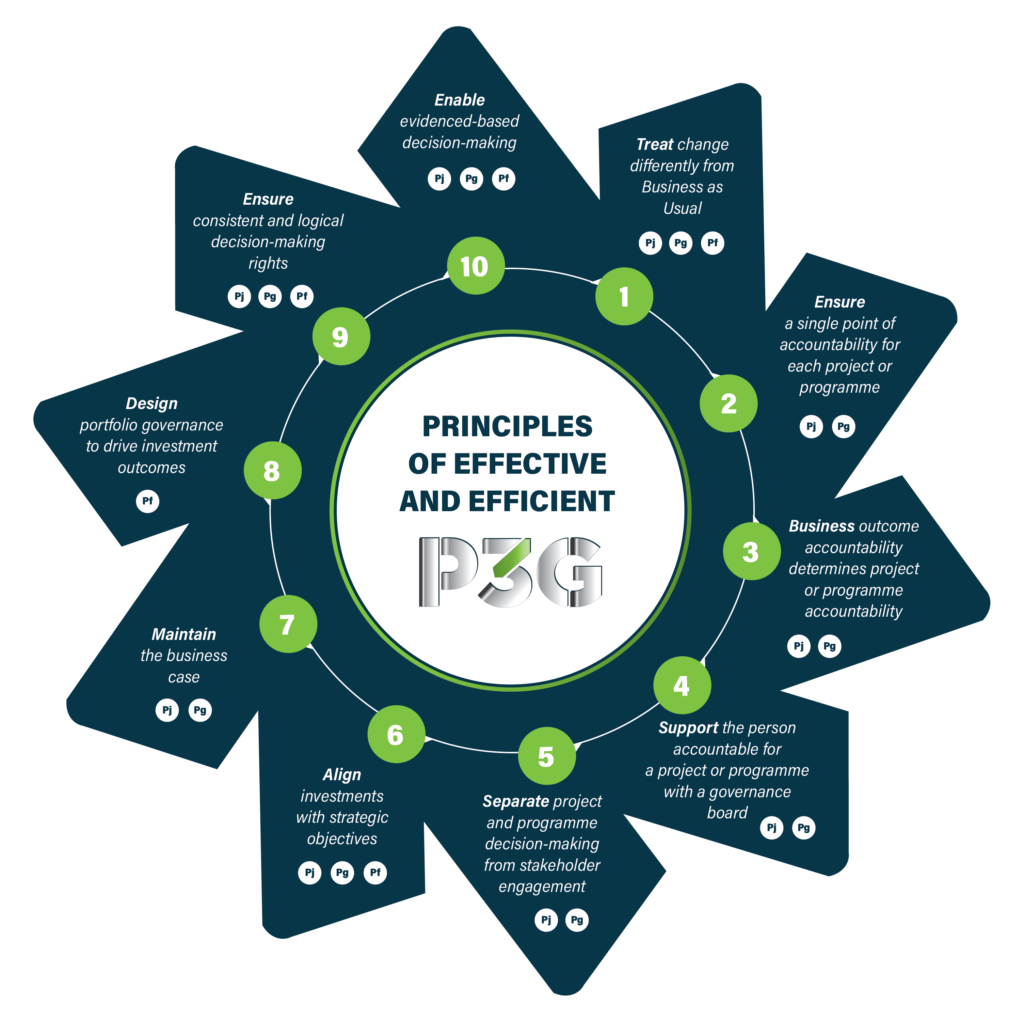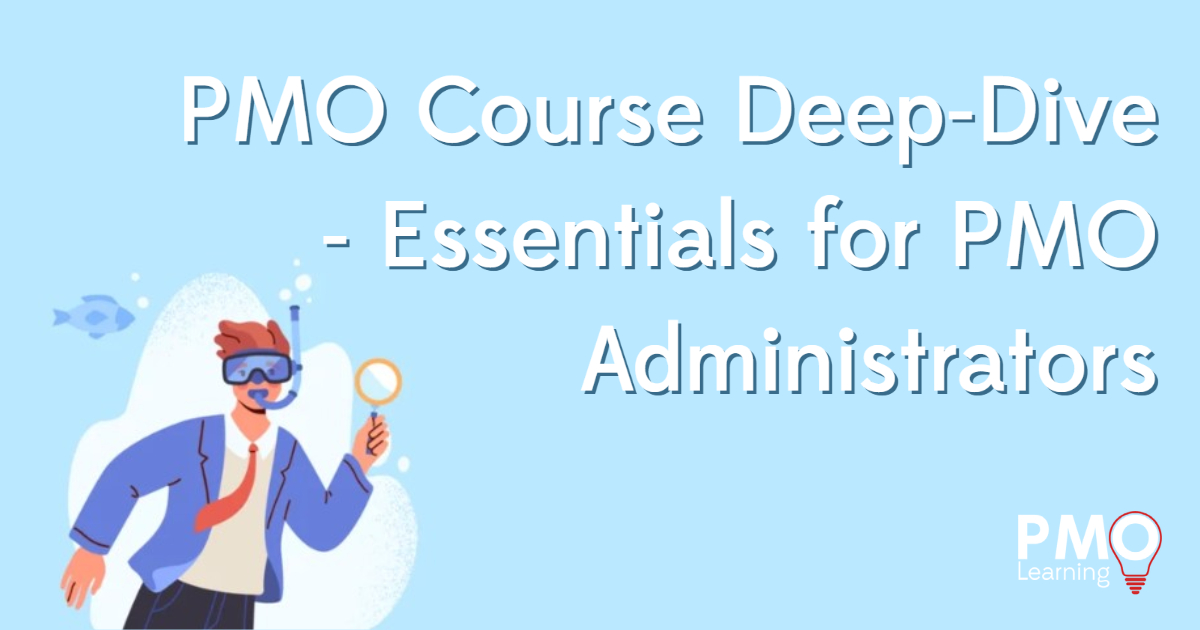
We are back with another PMO course deep-dive and this week we are focusing on the Essentials for PMO Administrators. This blog will cover one topic and slide used in the course to give you a further understanding of the type of content covered in the training.
If you missed our previous deep-dive blogs, make sure you check out MoP® Foundation, Essentials for PMO Managers, and P3O® Foundation.
The Essentials for PMO Administrators course has quickly become one of our most popular courses, frequently selling out in the last six months. It’s a great course for those who are new to PMO or working in project support roles. The training also gives you the essential knowledge to undertake the role of a PMO Administrator and a greater understanding of projects, programmes, portfolios, and the PMOs.
The course is 3 days long and includes exam, printed course materials, and course textbooks! The next virtual course date is coming up on the 12th-14th of June, click here to read more!
On Day 3 of the course, we look at P3M delivery support and 7 specialist competences including risk management, issue management, and change control.
The slide below looks at the process of risk management.

Risk management allows individual risk events and overall risk to be understood and managed proactively, optimising success by minimising threats and maximising opportunities. Risk is inherent in all projects, programmes, and portfolios because each one is a unique combination of objectives, solutions, people, and context. Each project, programme and portfolio will have an inherent level of overall risk.
Plan – The process starts with the planning step that defines the scope and objectives of risk management and results in a risk management plan. Many risk management plans focus on dealing with risk events because these are more tangible. A more mature organisation will ensure that plans also address uncertainty and make allowances for this difficult to quantify aspect of overall risk.
Initiate – The initiation step is performed once the work is approved, and the resources needed to manage risk are mobilised.
Identify – The first specific step of the procedure is to identify risk events and uncertainty. These are documented in the risk register. There are many techniques that aid risk identification but the greatest fault of many P3 managers is to take this step too far. Because risk identification is about thinking of things that might not happen the potential list of risk events is, quite literally, endless. Experienced P3 managers sift out the risks that need to be managed from those that must be left to ‘background risk’.
Assess – In the next step the nature of the risk is assessed and, where possible, its potential effect on objectives is estimated. A variety of risk techniques are available to assess both risk events and broader uncertainty. These fall into two groups generally referred to as qualitative and quantitative risk techniques.
Plan responses – Once the risk is understood the management team have to decide on how to respond. Once again there are various approaches to dealing with threats and opportunities and the planned responses are added to the risk register.
Implement responses – Depending upon the nature of the planned responses some are implemented as part of the delivery plans while others may only come into effect should the risk occur. The procedure is iterative with the assessment and response planning steps potentially leading to the identification of more risks.
If you would like more information on the Essentials for PMO Administrators course, check out our taster session recording!
Click here to read more about the course and book your place on the next virtual date!
Enjoying Our Blog?
Sign up and receive all our articles (we’ll send you an update once a week!) plus special offers and events:





